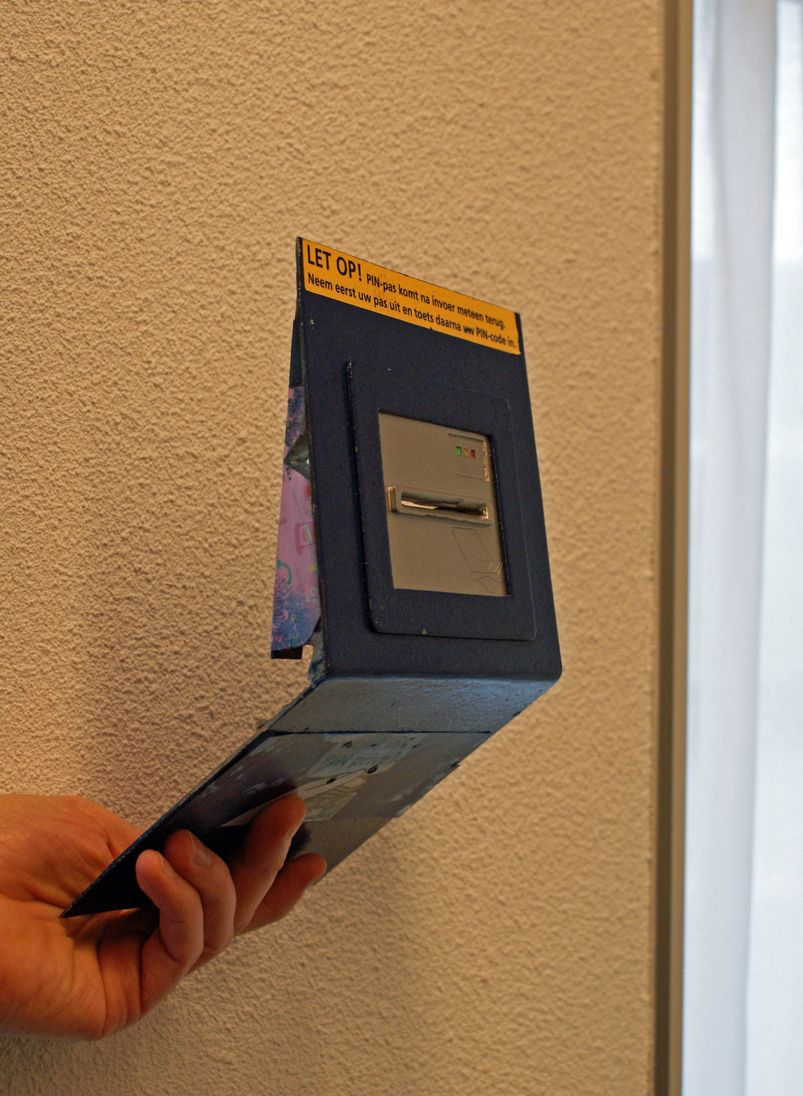Credit card skimming is one of the most common forms of financial fraud worldwide, and India has not been spared. From ATMs in busy marketplaces to point-of-sale machines in shops, criminals have found ways to secretly copy card data and use it for unauthorized transactions. Understanding how it works is the first step to protecting yourself.
What is Credit Card Skimming?
Definition and Overview
Credit card skimming is the illegal capture of card information using a hidden device. The data stored on the magnetic stripe of a debit or credit card is copied and later used to make cloned cards or fraudulent online transactions.
In other words, when you swipe your card at a compromised ATM or POS machine, you may unknowingly hand over your sensitive details to fraudsters.
Meaning of ‘Credit Card Skimming’ in some of the Indian Languages
How Skimming Works
Fraudsters install skimming devices on ATMs, payment terminals, or even online websites. These devices copy the data from the magnetic stripe, and sometimes hidden cameras or keypad overlays are added to capture your PIN.
Unlike phishing, which relies on tricking users, skimming is a silent theft that often goes unnoticed until you see unfamiliar charges.
How to explain ‘Credit Card Skimming’ to kids?
Think of your card as a key. A skimmer is like someone secretly making a copy of your key while you’re using it. They can then use the copy to open your “money locker.” To stop them, always cover your PIN, check for strange devices on ATMs, and keep an eye on your bank messages.
Common Types of Skimming Scams
ATM Skimmer Devices
Criminals fit fake card slots or overlays on ATMs to steal card data.

Image source: Paul Wiegmans on Wikipedia
How ATM Skimmer Devices Are Installed
- A false front is attached to the ATM card slot.
- Hidden pinhole cameras are placed to capture PIN entries.
- The stolen data is cloned to make duplicate cards.
Point-of-Sale Card Skimmers
Fraudulent merchants or tampered POS machines capture card data during payment.
Contactless Card Skimming
With NFC technology, fraudsters may try to capture data wirelessly. However, the risk is relatively low since most banks use tokenization and limits on contactless transactions.
Online/Digital Skimming
Also known as “formjacking,” this involves malicious scripts injected into e-commerce sites to steal card details entered during checkout.
Digital Skimming: E-commerce Risks
Unsecured shopping sites may be compromised, allowing hackers to skim thousands of card numbers at once.
Types of Credit Card Skimming and Their Risks
Signs Your Card May Have Been Skimmed
- Unauthorized Transactions: Purchases you don’t recognize.
- Unfamiliar Charges: Small test charges before larger frauds.
- Alerts from Bank or Card Provider: Messages warning about suspicious activity.
Preventing Credit Card Skimming
Tips for ATMs and POS Usage
- Inspect card slots for loose parts.
- Cover your PIN when entering it.
- Prefer ATMs in secure, well-lit locations.
Contactless Payment Safety
- Use RFID-blocking wallets for extra security.
- Enable transaction limits on your banking app.
- Turn off contactless if not in use.
Monitoring Statements and Alerts
- Enable SMS or app notifications for all transactions.
- Regularly check your account and card statements.
- Immediately report any unfamiliar charges.
Legal and Financial Implications
Reporting Fraud
If you suspect skimming:
- Inform your bank immediately.
- Block or freeze the card.
- File a complaint with cybercrime authorities.
To file a cybercrime complaint in India:
Online Portal: Visit the National Cybercrime Reporting Portal at https://cybercrime.gov.in/ - available 24/7 for reporting cybercrimes
Local Police: File an FIR at your nearest police station's cybercrime cell
Helpline: Call the national cybercrime helpline at 1930 (toll-free)
What to provide:
- Details of the incident
- Screenshots/evidence
- Transaction details (if financial fraud)
- Communication records
Follow-up: Note your complaint number for tracking status
The online portal is the fastest and most convenient method, allowing you to report incidents like financial fraud, social media crimes, hacking, or online harassment from anywhere.
Liability and Bank Protection Policies
- In India, RBI rules limit your liability if you report fraud promptly.
- Banks like Visa, MasterCard, and Indian issuers provide zero-liability policies for unauthorized transactions reported quickly.
Steps to Take If Your Card is Skimmed
- Call the bank helpline.
- Lodge a complaint at the nearest police station or online cybercrime portal.
- Replace your card with a new one.
FAQs on Credit Card Skimming
What is credit card skimming?
Credit card skimming is the illegal capture of card data using devices like ATM skimmers or POS skimmers for fraudulent transactions.
How can I detect a card skimmer?
Look for unusual attachments on ATMs, loose card slots, or suspicious POS devices.
Can skimming happen online?
Yes, digital skimming can occur through e-commerce websites using malicious scripts to capture card information.
How can I prevent credit card skimming?
Cover your PIN, use secure ATMs, enable alerts for transactions, and regularly monitor your bank statements.
What should I do if my card is skimmed?
Contact your bank immediately, freeze or replace the card, and report unauthorized transactions to the authorities.
In this article
 Back to all resources
Back to all resources





